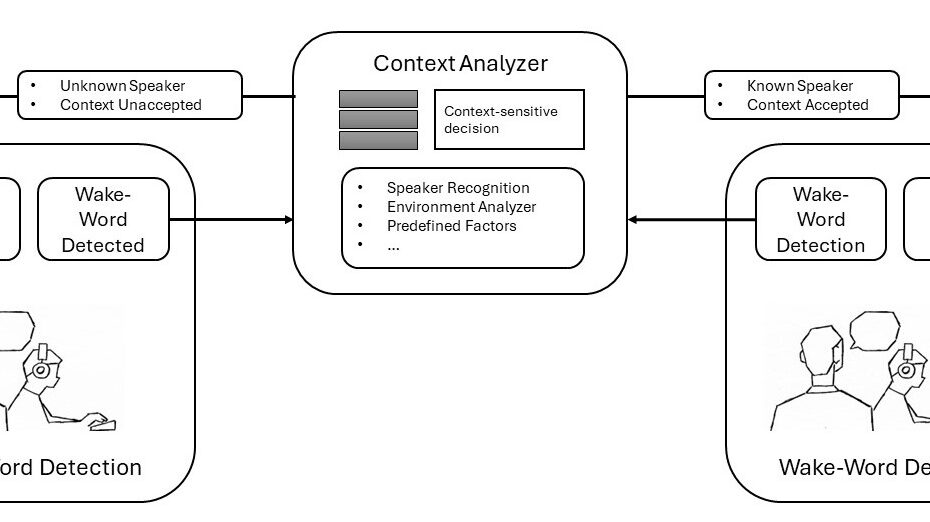Open Sesame! Use of Headphones at Work Considering Social Acceptance
In this article, assistive technologies are examined with regard to different contexts and target groups to determine the extent to which they promote concentration and at the same time enable social interaction in a context-sensitive manner. The investigations focus on the needs of autistic people in vocational training centers, for whom a low-noise environment at the workplace is often a prerequisite for concentrated work. The work shows the results of observations in a vocational training center, analyzes contextual factors and presents a concept for an adaptive support system specifically designed to meet the needs of autistic people in office environments.
